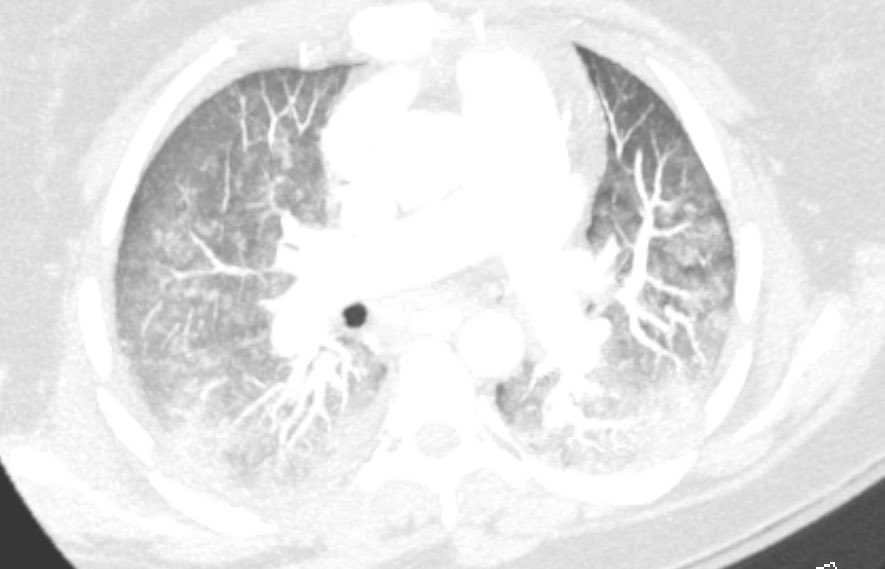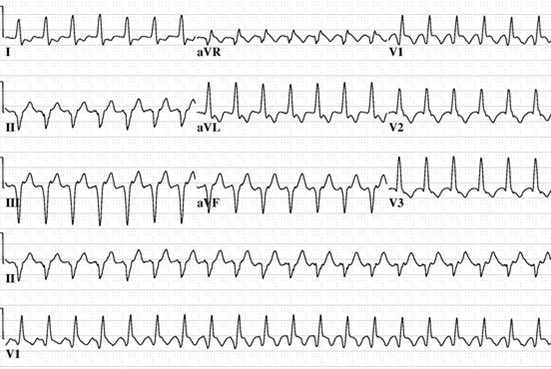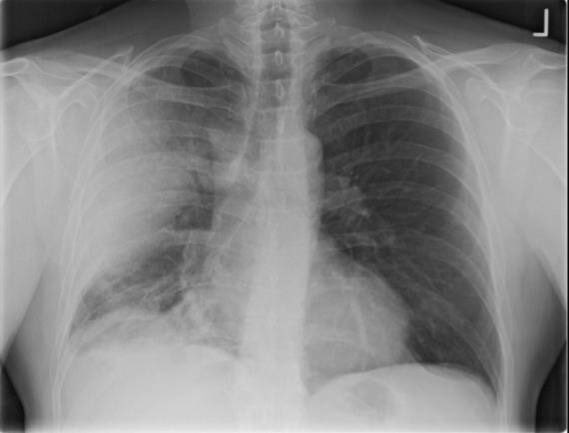
I practice, teach, and do research in critical care
#checklist: https://t.co/9hsBij9aFv
#zentensivist
#SCCMDiscovery, #ARDS, #Sepsis, #AI, #QI
COI: https://t.co/RSzWZtFS3D
How to get URL link on X (Twitter) App



 Patient got remdesivir & dexamethasone. SpO2 88% after bolus NMB & pulling ETT(3cm). As you increase PEEP to 18, driving pressure improves, but the SpO2 drops to 72% without hypotension. You decrease PEEP back to previous but SpO2 still 70s. The next step is: #FOAMcc #MedTwitter
Patient got remdesivir & dexamethasone. SpO2 88% after bolus NMB & pulling ETT(3cm). As you increase PEEP to 18, driving pressure improves, but the SpO2 drops to 72% without hypotension. You decrease PEEP back to previous but SpO2 still 70s. The next step is: #FOAMcc #MedTwitter

 You place (just in case) DC pads, replace K/Mg. ED volunteer says: prior to collapsing, the patient mumbled “bees”. You speed up fluid (5LNS/1h), add steroid & H1/H2 blocker with ⬆️BP but severe rigors, anxiety & delirium. The risk of future PTSD is best ⬇️ by:
You place (just in case) DC pads, replace K/Mg. ED volunteer says: prior to collapsing, the patient mumbled “bees”. You speed up fluid (5LNS/1h), add steroid & H1/H2 blocker with ⬆️BP but severe rigors, anxiety & delirium. The risk of future PTSD is best ⬇️ by:

 2/ Arrives to ICU at 6AM:
2/ Arrives to ICU at 6AM:




 2/ What conditions predispose to #ARDS?
2/ What conditions predispose to #ARDS? 
